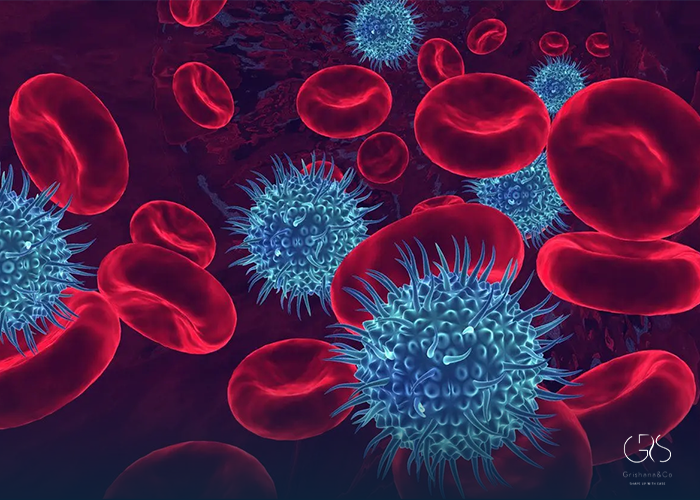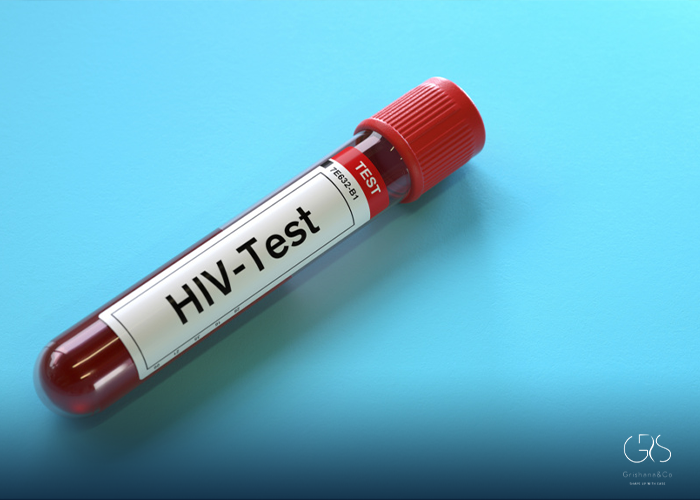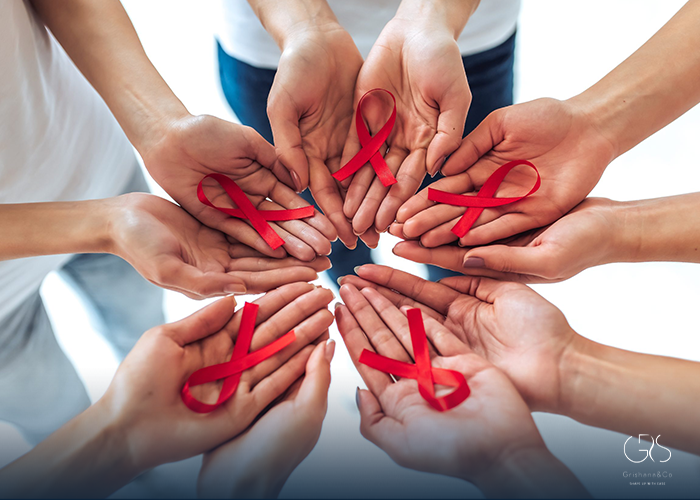Human Immunodeficiency Virus (HIV) remains one of the most significant global public health challenges of our time. Despite decades of awareness campaigns and medical advances, misinformation about HIV’s causes and transmission persists. Understanding what causes HIV and how it spreads is critical for effective prevention, early diagnosis, and eliminating stigma.
This article provides a comprehensive overview of HIV causes, focusing on transmission methods, risk factors, myths, and the biological mechanisms involved. Whether you’re seeking clarity, knowledge for advocacy, or professional insight, this guide breaks down what you truly need to know.
Understanding HIV: A Brief Overview
HIV is a virus that attacks the body’s immune system, specifically the CD4 T cells (a type of white blood cell crucial for fighting infections). If left untreated, HIV reduces the number of these cells, making the body more vulnerable to infections and certain cancers. Over time, HIV can lead to Acquired Immunodeficiency Syndrome (AIDS), the most advanced stage of HIV infection.
Unlike bacteria, which can be treated with antibiotics, HIV is a virus, and there is no cure. However, with proper antiretroviral therapy (ART), people with HIV can live long, healthy lives and effectively prevent transmission to others.

The Cause of HIV: Where Did It Come From?
HIV is caused by two types of viruses: HIV-1 and HIV-2. Both viruses originated from non-human primates and were transmitted to humans through a process known as zoonotic spillover.
HIV-1
HIV-1, the most common and pathogenic strain globally, originated from the simian immunodeficiency virus (SIV) found in chimpanzees (Pan troglodytes) in Central Africa. It’s believed that SIV crossed over to humans when hunters were exposed to infected blood during the hunting and butchering of primates. The virus mutated in humans to become HIV-1.
HIV-2
HIV-2 is less infectious and largely confined to West Africa. It is derived from the SIV strain in the sooty mangabey (Cercocebus atys), a monkey species found in that region.
Both events likely occurred in the early 20th century but were only identified and classified as HIV in the early 1980s following the AIDS epidemic.
How Is HIV Transmitted?
HIV is not caused by behavior, but by exposure to specific biological fluids that contain the virus. The key fluids capable of transmitting HIV include:
- Blood
- Semen
- Vaginal fluids
- Rectal fluids
- Breast milk
The virus must enter the bloodstream of an uninfected person through mucous membranes, open wounds, or direct injection.
HIV Causes Explained Through Common Transmission Routes
1. Unprotected Sexual Contact
This is the most common route of HIV transmission worldwide. Receptive anal sex carries the highest risk, followed by vaginal sex and insertive anal sex. The risk increases in the presence of other sexually transmitted infections (STIs), as they may cause sores or inflammation.
2. Sharing Needles or Syringes
People who inject drugs and share needles or syringes without sterilizing them are at a high risk of HIV infection. The virus can survive in a used syringe for up to 42 days depending on environmental conditions.
3. Mother-to-Child Transmission (Perinatal Transmission)
An HIV-positive mother can pass the virus to her child during pregnancy, childbirth, or breastfeeding. However, this risk can be drastically reduced through antiretroviral treatment during pregnancy and avoiding breastfeeding where safe alternatives are available.
4. Blood Transfusions and Organ Transplants
Before widespread HIV screening, infected blood transfusions were a significant transmission route. Today, this is rare in countries with strict screening protocols. However, in some low-resource settings, unscreened blood remains a concern.
5. Occupational Exposure
Healthcare workers may be exposed to HIV through needle-stick injuries, although the risk is extremely low. Standard precautions and post-exposure prophylaxis (PEP) further reduce this risk.
What Doesn’t Cause HIV?
Despite widespread education efforts, myths and misconceptions still fuel unnecessary fear. Here’s what cannot cause HIV:
- Hugging, kissing, or touching
- Sharing toilets or utensils
- Coughing or sneezing
- Mosquito or insect bites
- Donating blood (not receiving)
The virus does not survive well outside the human body and cannot reproduce outside a human host. Therefore, casual contact and environmental exposure are not causes of infection.
Factors That Increase the Risk of HIV Transmission
Understanding the conditions that facilitate transmission can help people make informed decisions.
1. High Viral Load
People with high levels of HIV in their blood (viral load) are more likely to transmit the virus. This is most common during the acute phase (shortly after infection) and if a person is not on treatment.
2. Presence of STIs
Other STIs such as syphilis, gonorrhea, or herpes can make HIV transmission more likely by causing sores and inflammation, which make entry points for the virus.
3. Lack of Barrier Protection
Not using condoms or dental dams significantly increases the risk of transmission during sexual activity.
4. Multiple Sexual Partners
Having many partners increases the chance of encountering someone with an undiagnosed or untreated HIV infection.
5. Lack of Male Circumcision
In certain contexts, male circumcision has been shown to reduce the risk of heterosexual transmission of HIV.
Biological Mechanism: How HIV Infects the Body
Once HIV enters the body, it targets CD4+ T cells and fuses with their membrane. It then uses an enzyme called reverse transcriptase to convert its RNA into DNA, which integrates into the host cell’s genome using integrase.
Over time, the virus replicates, eventually destroying the host CD4 cells. The progressive decline of these cells impairs immune function, leading to opportunistic infections, cancers, and, if untreated, AIDS.
Prevention: Can HIV Infection Be Avoided?
Understanding how HIV is caused empowers people to take preventative action. Several strategies have proven effective:
1. Consistent and Correct Condom Use
Latex condoms, when used properly, are highly effective in reducing sexual transmission of HIV.
(We recommend reading this if you’re interested in finding the best condoms)
2. Pre-Exposure Prophylaxis (PrEP)
PrEP is a daily pill for HIV-negative individuals at high risk. It reduces the risk of getting HIV from sex by about 99% when taken as prescribed.
3. Post-Exposure Prophylaxis (PEP)
PEP involves taking antiretroviral medications within 72 hours after potential exposure to HIV. It’s used in emergencies and must be taken for 28 days.
4. Regular Testing
Knowing your status and your partner’s status is vital. Early diagnosis leads to early treatment, which can suppress the virus and prevent transmission.

5. Antiretroviral Therapy (ART)
When people with HIV take ART consistently, they can achieve undetectable viral loads—a status that makes it impossible to transmit HIV sexually (Undetectable = Untransmittable or U=U).
6. Safe Injection Practices
Using sterile needles and not sharing injection equipment can prevent HIV among people who inject drugs.
Addressing the Stigma
HIV is caused by a virus—not by immorality, lifestyle choices, or punishment. However, stigma continues to be a barrier to testing, treatment, and support. Understanding that HIV is a preventable and manageable medical condition is essential to reduce fear and discrimination.
Myths and Misconceptions About HIV Causes
Many misconceptions still exist about what causes HIV. One common myth is that HIV is caused by homosexuality; in reality, HIV is caused by a virus and has nothing to do with sexual orientation—it can affect anyone regardless of background. Another false belief is that HIV can be spread through kissing or saliva. However, saliva contains only trace amounts of the virus and is not sufficient to cause infection; even deep kissing is considered safe unless blood is present due to open sores or gum disease. Some people still wrongly believe that HIV is a death sentence, but with today’s advanced antiretroviral treatment, individuals with HIV can live long, healthy lives. Lastly, it is a myth that you can tell if someone has HIV just by looking at them. In fact, many people with HIV show no outward signs, and the only way to know for sure is through testing.
Conclusion
Understanding HIV causes is essential to stopping the spread of the virus. HIV is transmitted through specific bodily fluids—not through casual contact, identity, or character. By learning how it spreads and addressing misconceptions about HIV causes, we can encourage safer behaviors, reduce stigma, and support those affected.
Thanks to advancements in modern medicine, prevention, early diagnosis, and effective management are more accessible than ever. With the right knowledge, empathy, and scientific commitment, an AIDS-free future is within reach.










